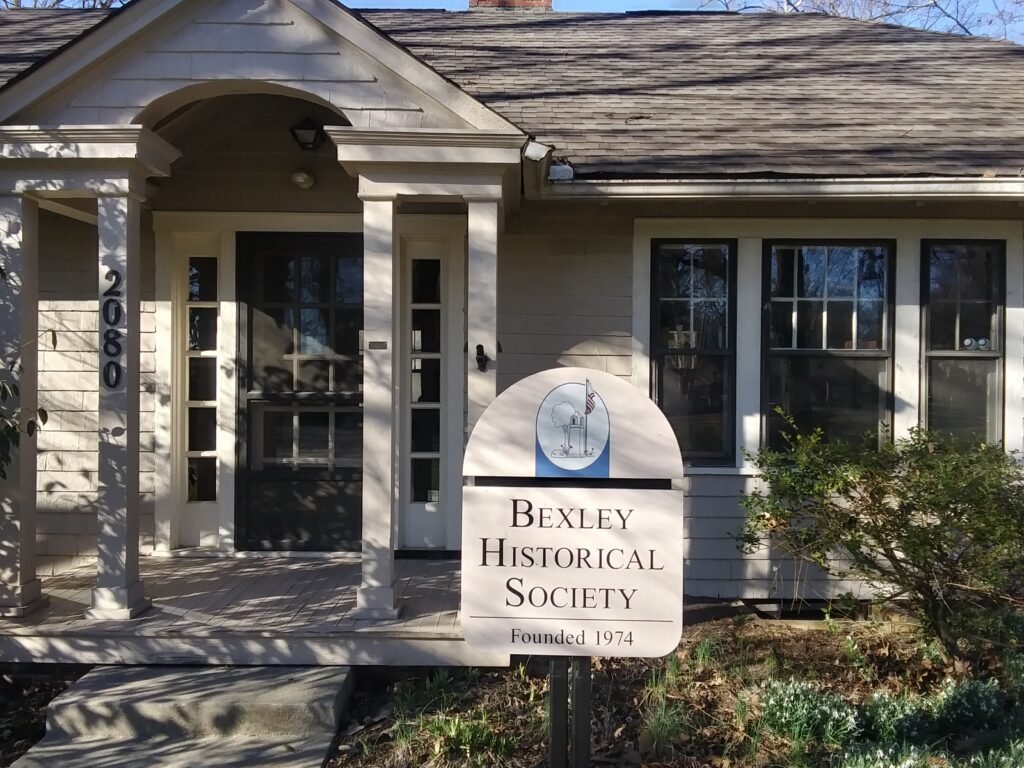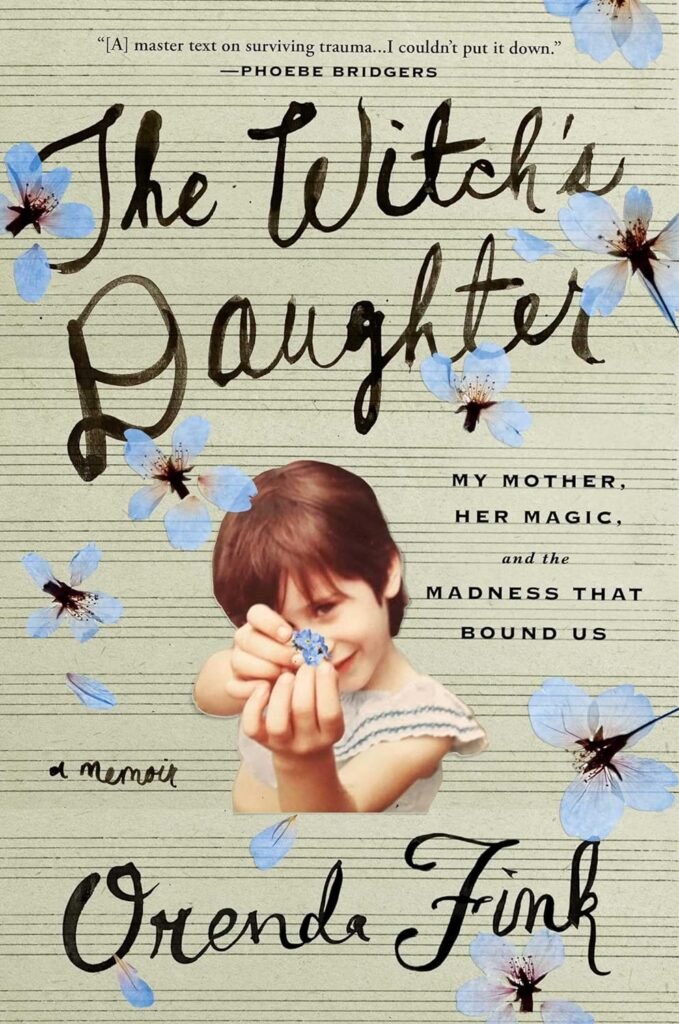by Public Service Associate Paul

“I don’t know if anyone’s out there or if anyone will find this. I think I’ll just talk for a while then leave this recording here before I go. Maybe I should leave a note with it. I think that I’ll listen to it a few times just to hear a voice. Even if it’s my own.”
Do you like to tell spooky stories around the campfire? What if I told you instead of taking turns with your family or friends, you could all work together to craft a story and that you could do it from the comfort of the inside of your home! Well, you can and it’s all with the help of a game called Ten Candles written by Stephen Dewey.
Ten Candles is a tragic roleplaying game where at least one player takes the role of game master, and the other players make characters to control over the course of the game. This should be a concept you are familiar with if you have played or heard of other TTRPG games like Dungeons & Dragons, Pathfinder, Call of Cthulhu, etc. but with a few major exceptions. Firstly, Ten Candles is a zero-prep game. So, unlike the other examples mentioned a moment ago, the game master doesn’t need to spend hours preparing content for players, but just a small paragraph to start the scenario and a base understanding of the rules and you can get playing. Even for the players there is no prep required because the characters will be made as a part of setup for each session. Also, I mentioned, this is a tragic roleplaying game so unlike other games where you carry a character from session to session, each player’s character is destined to perish at the end of every session. Knowing this however, the players are still given tools to fight for hope and their survival until they meet their eventual end on their own terms.
Now the title of Ten Candles isn’t just a title, but also a pivotal mechanic to moving the game forward. As players go through character creation, they will be putting their character traits on notecards and lighting candles until ten candles are lit. Once the candles are lit the lights are turned off and you play only by the light of the candles. As the game progresses from scene to scene, players will darken candles one by one until all the candles are out and once this has happened the game is over.
“It’s been ten days I think since it started. Hah.. ‘days’ is funny. Not that there’s been any sun during the day. Not even any moon at night. No stars even. The government blew most municipal power grids during the first couple days trying to shine light into the ceaseless darkness but now all we have is just what little we can muster with fires and the occasional generator or flashlight.”
In the world of Ten Candles, the world is dark. Ten days ago, something or someone blotted out the sky, all communication with satellites was lost, and the sun no longer shines. Five days after this strange occurrence, They came. No one knows what They are, but everyone knows that They fear the light and that They are coming for the rest of the survivors. The reason no one knows is because the players and the game master get to decide what “They” are and what threats “They” will pose. In some games you play, your fight for survival may lead you to the heart of the anomaly and its origin, and sometimes it will be a deeply personal story that keeps away from the bigger story of the darkness. That’s the beauty of shared narrative roleplaying.
“I wish that it would’ve been zombies, you know? I know that sounds cliche, but I at least had a plan for zombies. Not even the military knew how to deal with whatever They are.”
Once characters have chosen all of their traits and all of the candles are lit the game begins in the dark. The GM will read a short paragraph introduction to the scenario the players find themselves in, as well as some notable locations players can use to steer roleplay like the following example:
No one’s coming. Not anymore. The radio’s gone dead, and you’re on your own now. There’s only one option left: Fort Victor. All the chatter on the radio seemed to imply that Victor’s the place to be. But you’re a good hour out; over the river and through the woods – literally. Everyone else has packed up and left by now.
The Town Hall’s fallout shelter is slim pickings. Not enough food to last the next few days, not to mention the fact that the generator’s been acting up. Maybe a few supplies could still be scavenged, but one thing’s for sure: it’s time to leave.
Areas of Note: Fallout shelter, bridge out of town, dark woods, Victor
Goal: Discover what has become of the military forces at Fort Victor
With this jumping off point, the players then can start narrating anything they would like to do, keeping in mind that they started in a fallout shelter that they would promptly be leaving. Anytime that they would go to do something unknown like, open a door to the next room, search for supplies, call out for other nearby survivors etc. the GM would ask for a conflict roll which is where the rules-lite RPG injects tension into the tragic game.
“I’m holed up right now in someone’s storm cellar. Was able to get the wood stove going so I have enough light to keep Them away for now. At least until the woodpile runs out. It’s no bunker but I think they might have been some kind of doomsday preppers cause I found a nice first aid kit and even a case of water and MRE’s. Not a fan of beef stroganoff but any warm food is better than no food.”
The party of characters starts the game with ten dice, one for each lit candle, and every time they make a conflict roll they roll their entire pool of dice. As long as any one dice is rolled showing a six, the player’s roll is considered a success, and that player gets to narrate the outcome of the roll. Which is quite different from most games where the GM determines the outcome of the roll. This also allows for the game to be as scary/serious as the players want. You can lean heavy into the tension or break it and lean into brevity. However, if any of the rolled dice show a one that dice must be removed from the pool until the end of the scene and once a roll is made where no sixes are showing the conflict is failed and the scene must end with the darkening of a candle. At the start of the game this means the players can act with almost no interference from the GM as the hearty starting dice pool makes it exceptionally difficult to fail a roll for the first few scenes.
“There were ten of us that first made it out of the mall together. My coworkers Cooper and Thia. The Cinnabon manager whose name I can never remember. Reggie, I think? I know there was Delsin and Cole from the skate store. Sorry to the rest of you, I didn’t hate you or anything, you just weren’t around long enough for me to really remember your names… But we were doing good out there for the first few days.”
Once a scene ends however lots of changes occur at once, first the GM takes over narration for a failed conflict and establishes how the scene ends. Then once the candle is darkened the whole table enters the Establishing Truths phase. Much like in a book or film when the characters have suddenly arrived at their destination. This provides both the players and the GM both move the narrative forward in new and exciting ways. One new truth is spoken for each remaining lit candle except the last each time, as that truth is a call and response spoken by all players at once to end the Establishing Truths Phase. The GM starts the truth with “These things are true. The world is dark.” and the players group response is “And We are Alive”. Once establishing truths is complete, the player’s dice pool needs to now be reduced to match the number of remaining lit candles, but instead of it being removed from the game it is given to the GM who now gets to roll to gain narrative control over conflict rolls. The players do get any dice lost to rolled ones back during the scene change as well, only permanently losing a die from the pool once a candle is darkened.
Eventually after a few scenes of conflict rolls players will notice their dice pool shrinking as the GM’s grows and will find it more difficult to successfully pass conflict rolls and maintain narrative control. At this point danger probably starts snowballing much more quickly as failed scenes bring more darkness which brings less dice which brings harder conflicts and ultimately more failed scenes until the players are left with one candle left.
“Today things went south. And like lots of stories from before the dark came, it started with a flat tire, but it didn’t stop there. Someone had to hop out to change the tire, but our last flashlight ran out of juice while we were trying to cover him. By the time we got out the road flare he was just gone. Tire iron still on the lug and everything.”
After exhausting most of their character abilities and fighting to survive, once only one candle remains the final establishing truth is only the phrase spoken aloud by the whole group and no new truths are introduced. Play then continues until a player fails a roll but this time the candle is not darkened. Instead, the player that failed the roll must narrate their death at the end of the story they just weaved with the party. Whether noble and heroic in a blaze of glory, or cowering and waiting for the inevitable end, it’s the player’s choice how their character ends in the situation they have created. Only when each player has rolled conflicts until failure and they have all met their demise, is the last candle extinguished, and the game of Ten Candles is complete.
But there is one (there’s way more than one, but they aren’t relevant to the point I’m about to make) thing I didn’t mention earlier, which is that after character creation, but before the game officially starts players are asked to make a recording of their characters. A final message being left behind before whatever they are about to go through.
“I was able to get off the road and into this… what looks like a suburb but it’s hard to be sure in the dark. By the time I could no longer see the headlights in the distance the screaming had stopped. Not sure if I got too far away to hear or if They finished off the rest of my crew already but either way I couldn’t run any farther. I think I’m going to try to warm up a little bit before I pack whatever else useful stuff here I can fit in my bag before I try to see if there’s any other survivors in the neighborhood.”
Once all the characters have perished in the final scene, and the last candle has gone out, the players have a moment in the quiet darkness to reflect on the narrative they just crafted, and then the recordings left from their characters are played. This allows the players to really see the contrast of their character from the end of the narrative, after they have all pushed past their brinks, and burned away all the brightest spots of their personality to survive, back to the beginning when they still had hope and the spoken truth that they were alive.
“Alright the fire is flickering now so I guess that’s my queue to keep moving. If you’re listening to this, I’m sorry to say I don’t have any answers for you, just anecdotes. So, if that’s what you were looking for, I fear you’ll have to keep looking.
The world we inhabit is dark, and I am alive.
That’s all I know and that’s all there is.”
If this sound like a fun game to play for the upcoming spooky season it can be purchased digitally or physically from cavalrygames.com however the physical release can expect shipping delays so if you wanted to play before the end of the season the digital edition can be delivered via email immediately after purchase and is only $10.
Happy Haunting ⎛⎝( ` ᢍ ´ )⎠⎞











